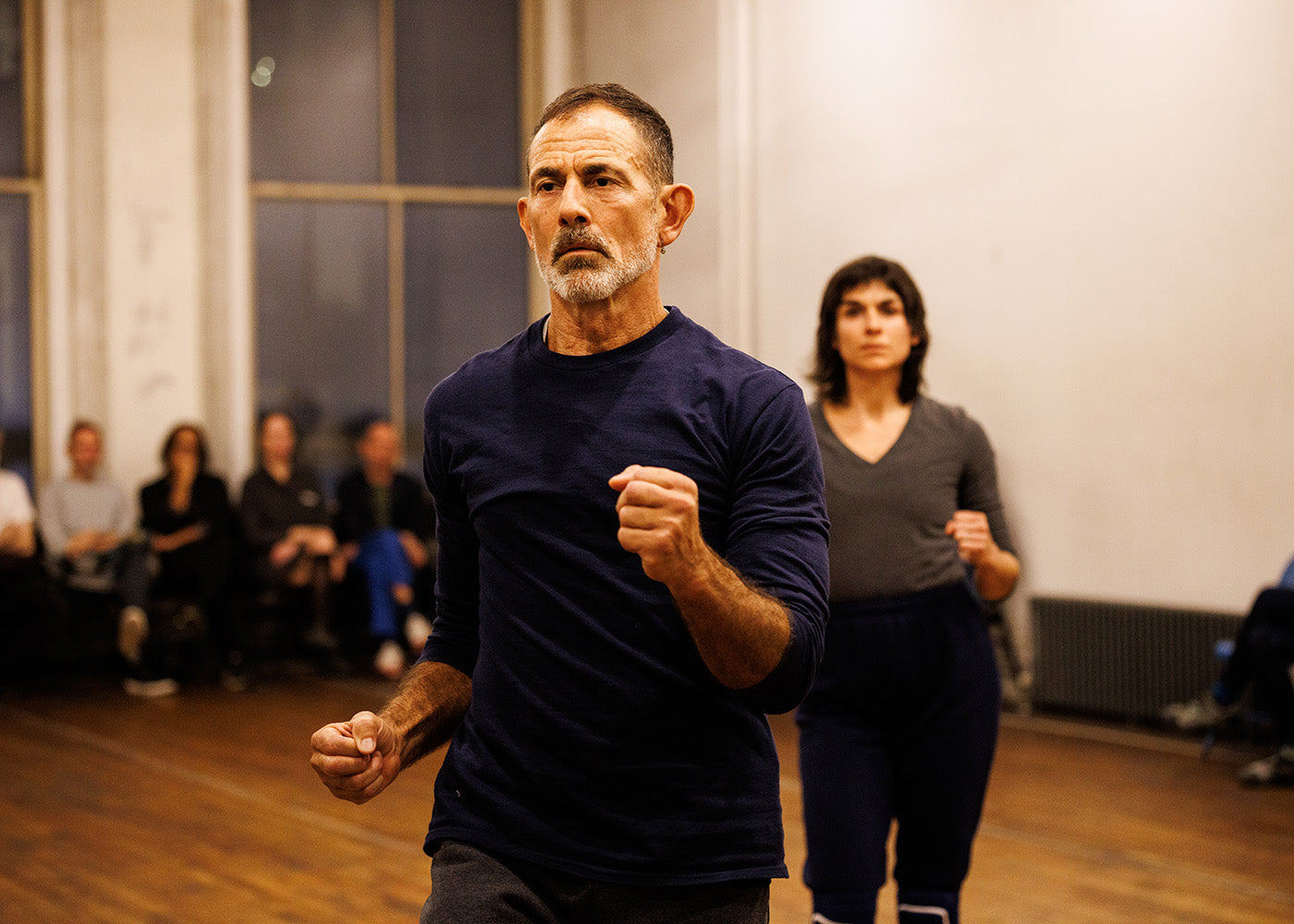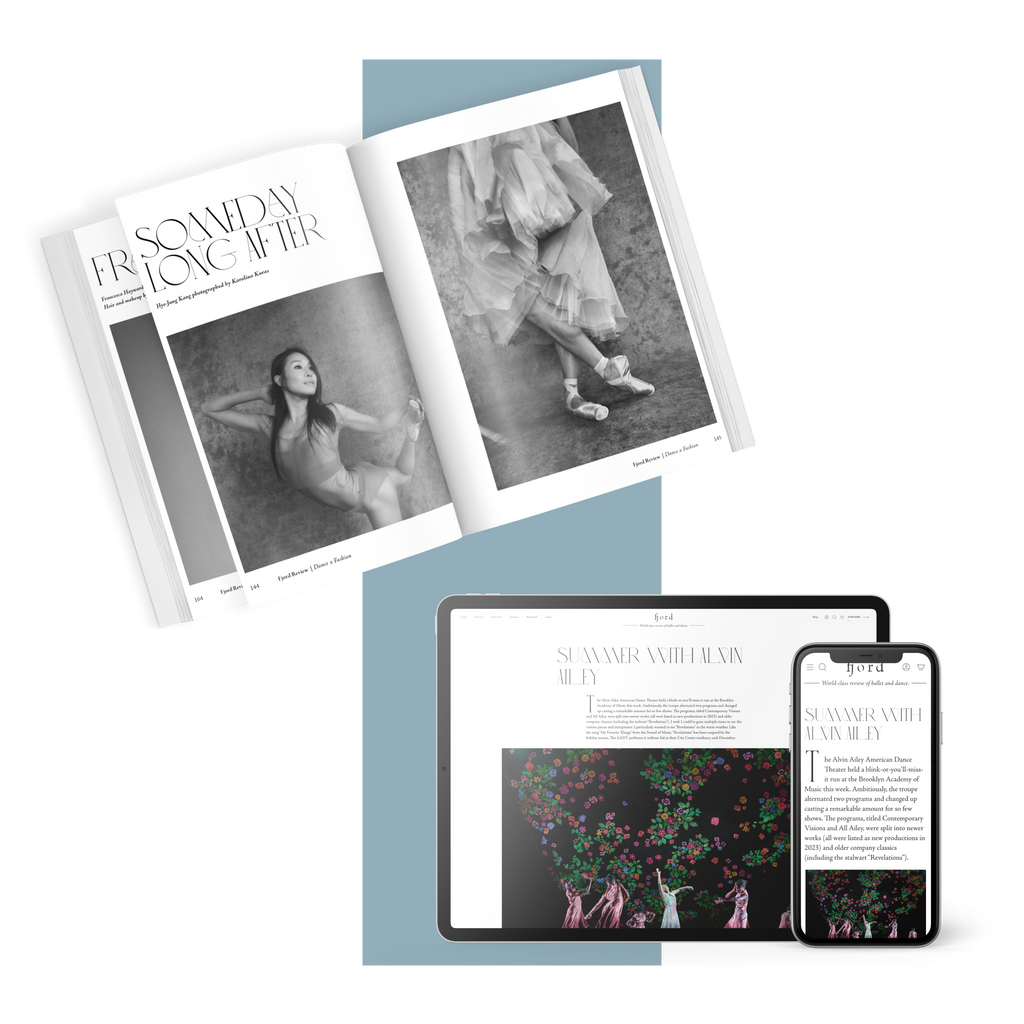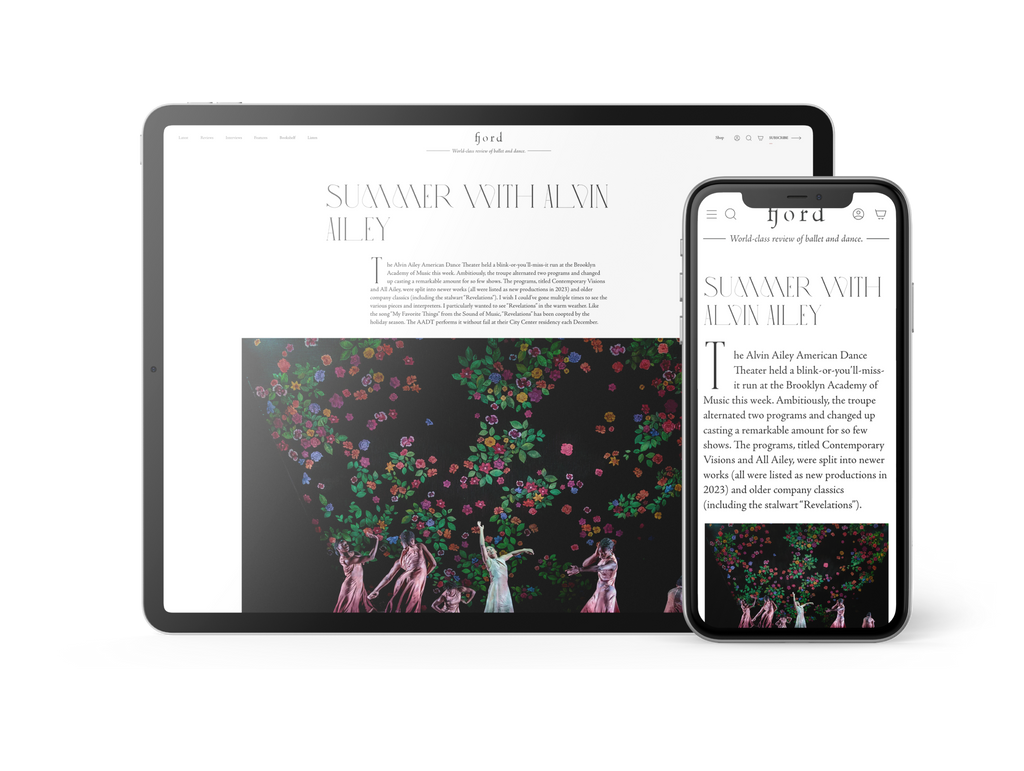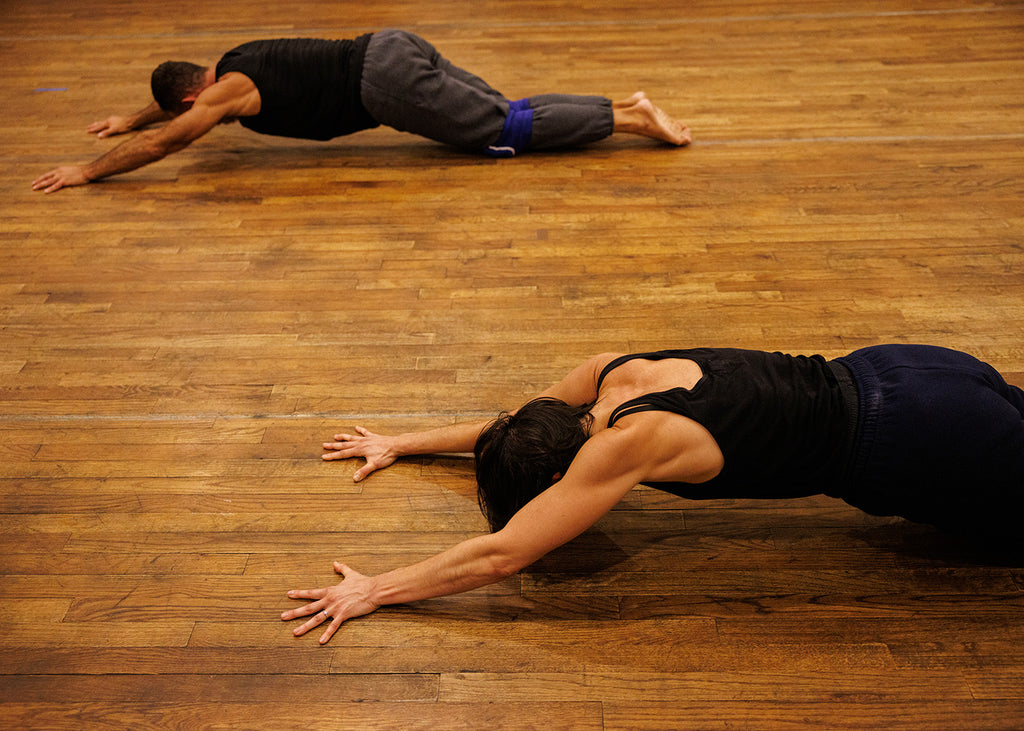Cathy Marston's Sense of Narrative
I joined choreographer and artistic director Cathy Marston over a video call at the end of another day of rehearsals.
Continue Reading
World-class review of ballet and dance.
When Wally Cardona and Molly Lieber enter to take their places on opening night, they’re stepping into the footprints of a venerable dance legacy. This is the Soho loft where David Gordon and Valda Setterfield first performed “Times Four” 50 years ago. Yet, as the two performers step forward and sweep a foot into attitude front, Cardona and Lieber immediately claim the space. In the intimate dance studio under ambient overhead lighting and ringed on four sides by a single row of folding chairs, these performers radiate a captivating presence. “Times Four/David Gordon: 1975/2025” is a seamless collaboration between artists past and present.
Performance
Place
Words



Starting at $49.99/year
Your weekly source for world-class dance reviews, interviews, articles, and more.
Already a paid subscriber? Login

I joined choreographer and artistic director Cathy Marston over a video call at the end of another day of rehearsals.
Continue ReadingTimes are hard for ballet. With national funding that favours the new and the bold, ticket prices rising, and accusations of elitism, only a fool would start a company focused on works of the past.
Continue ReadingIt was a grand night of show and—well, show more—as eight members of L.A. Dance Project strutted their gorgeous, technically brilliant stuff in the US premiere of “Gems.”
Continue ReadingBefore founding the Seoul International Dance Festival, Lee Jong-Ho began his career as a journalist.
Continue Reading
comments